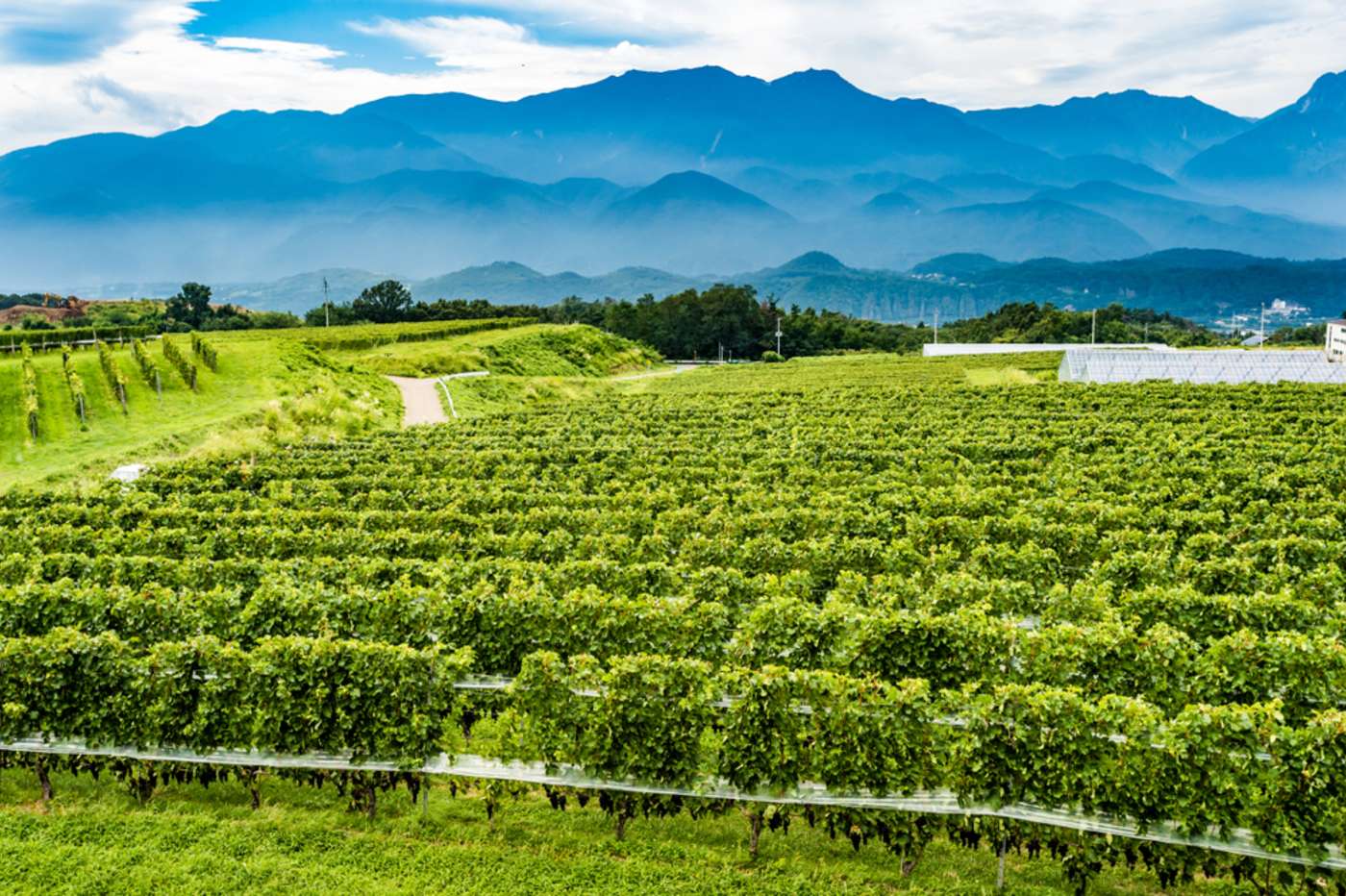
Japan’s enterprising winemakers are now winning global awards for their premium wines. Travelers to Japan’s winemaking regions can enjoy grape picking, winery tours and wine tastings while savoring the spectacular natural scenery.
Getting a taste for Japanese wines
Although more famous for sake, and in recent years for whisky, Japan also has a thriving winemaking industry with a growing reputation for excellence. Faced with the challenges of a humid climate and acidic soil, Japanese winemakers have applied their ingenuity to developing new grape varieties and improved cultivation techniques that are better suited to local weather conditions and topography. The result of their meticulous efforts are distinct wines with uniquely Japanese flavorings that go particularly well with local cuisine.

Yamanashi’s native Koshu grape is well-suited to the climate.
Wine is made across the Japanese archipelago, but the top three areas of production are Yamanashi, Hokkaido and Nagano. In these regions small-scale, family-run wineries are quite common, and many wines are produced in small batches which leads to incredible diversity. When exploring each regional terroir, visitors have the opportunity not only to indulge in winery tours and tastings, but also to savor the spectacular natural scenery that has given rise to a dynamic winemaking culture.
Exploring Koshu City in Yamanashi: The birthplace of Japanese wine
Koshu in Yamanashi Prefecture is the heart of Japan’s winemaking industry. The native Koshu grape was cultivated here as a table fruit for over a thousand years, but commercial winemaking got its start here in 1877 when two local men, who had studied in France, first introduced European winemaking techniques. Today Yamanashi is still Japan’s top winemaking region, and its wineries were given a Japan Heritage designation in 2020 because of their historical significance. Many wineries in Koshu can be visited for tours and tastings, but the following two wineries have been getting global attention for their carefully crafted wines.
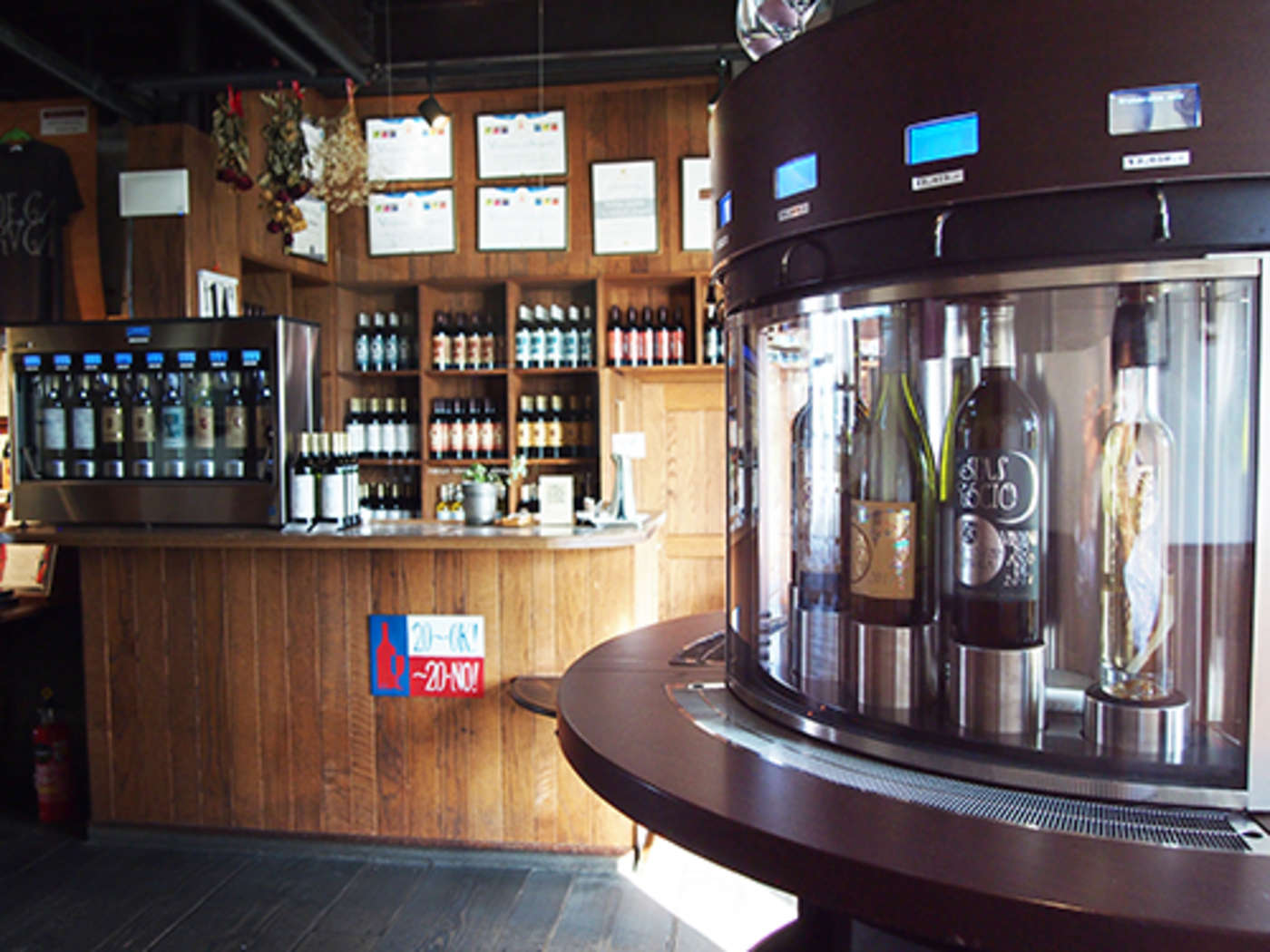
The tasting room at Katsunuma Winery gives visitors an opportunity to try before they buy.
Photo credit: Katsunuma Winery
Katsunuma Winery, which was founded in 1937, produces world-class wines using only native Koshu grapes for white wine, and the Japanese hybrid Muscat Bailey A for red. Visitors can take a tour of the winery and the vineyards, compare the flavors and aromas of various wines in a tasting and enjoy food and wine pairings in their restaurant.
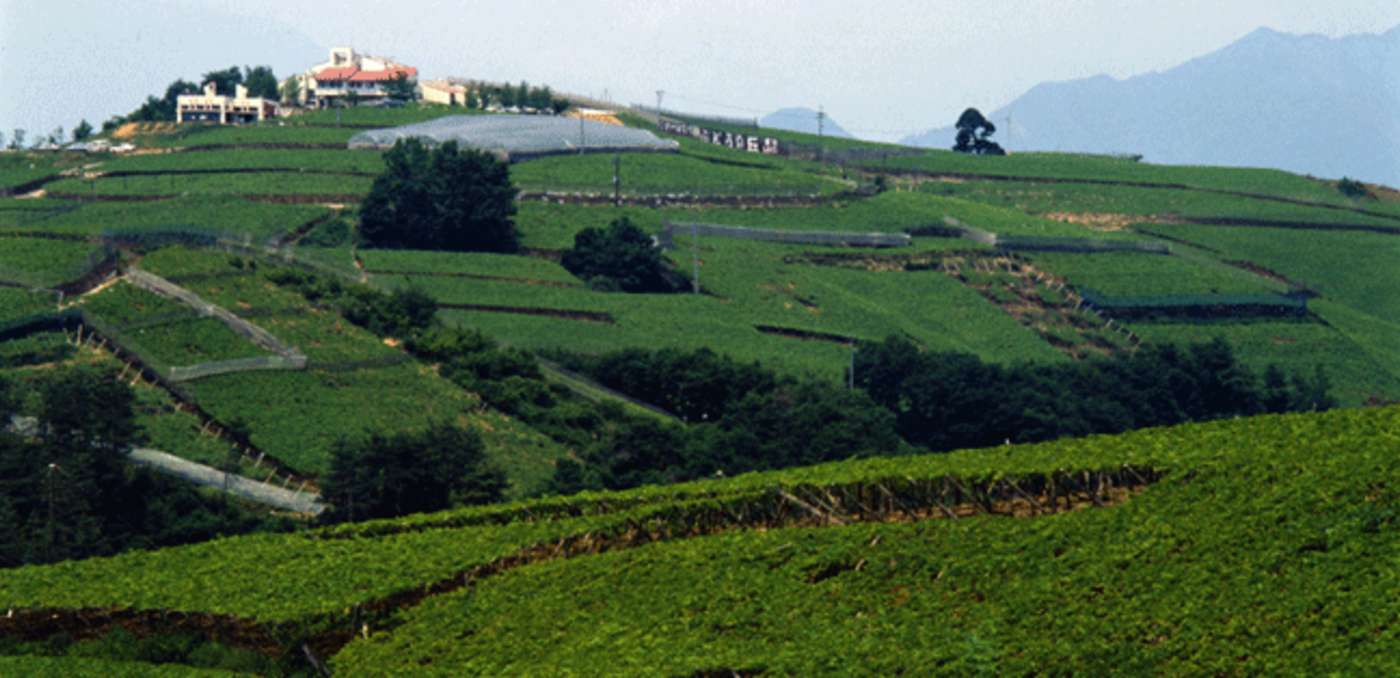
The vineyards of Marufuji Winery produce award-winning wines.
Photo credit: Marufuji Winery
Marufuji Winery, established in 1890, produces some native wines but is mainly focused on European grapes such as Merlot and Chardonnay. Tours of the winery show the full winemaking process including cultivation, fermentation, aging and bottling. Guests can also enjoy a wine tasting and choose their favorites in the wine shop.
Experience the highland wineries of Komoro in Nagano

The vineyards of Komoro produce a range of European grapes.
Photo credit: Manns Wines
Blessed with a cool, sunny climate, Komoro in Nagano is a major center of production for Merlot and Chardonnay. Manns Wines Komoro Winery was established here in 1973, and now welcomes visitors for tours of the vineyards and the winery to see where its award-winning wine is cultivated, aged and bottled. Tastings are available after the tour and guests can also visit the winery’s extensive Japanese garden.
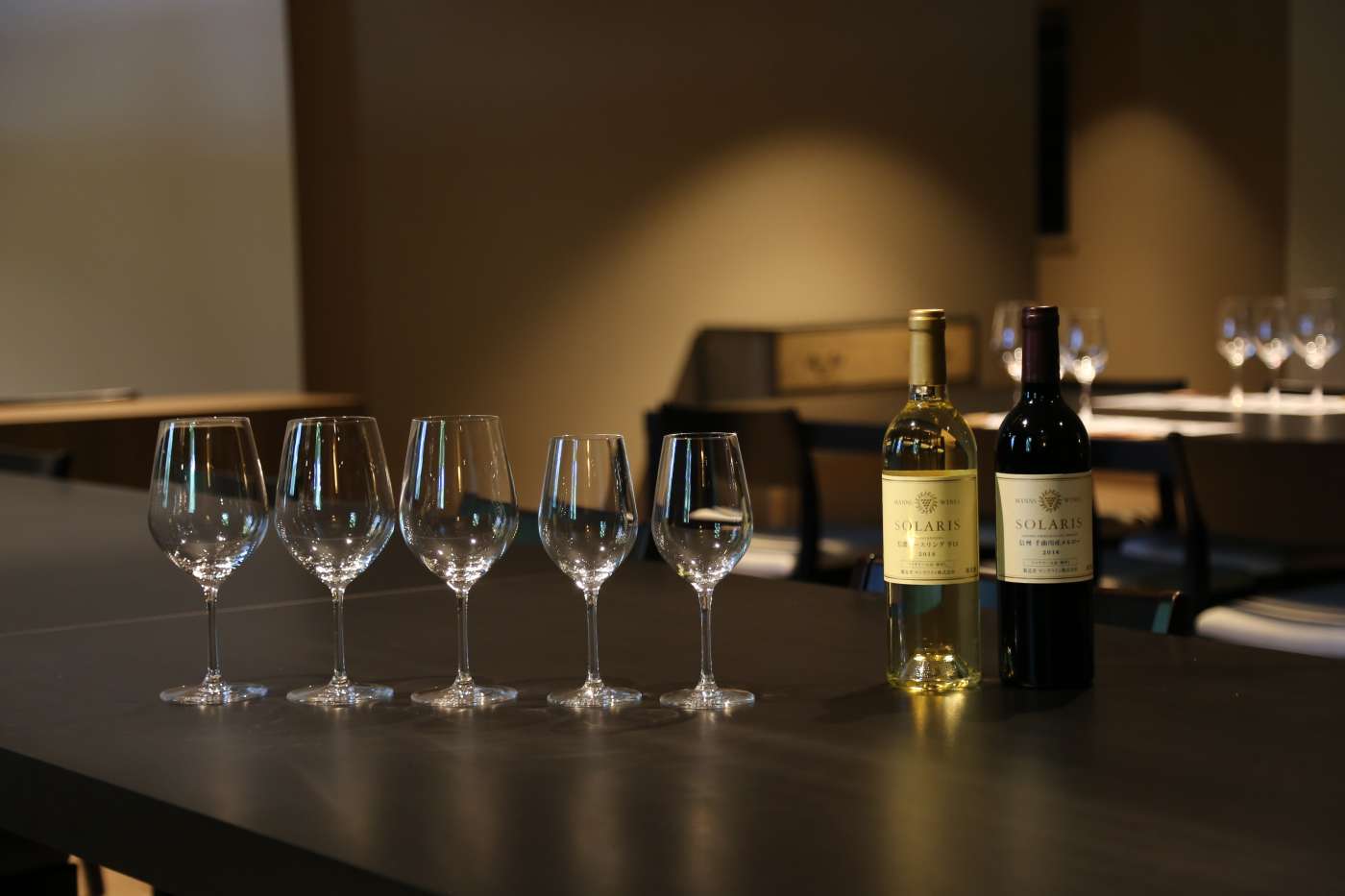
Caption: Mann’s Wines premium wines are ready for tasting
Photo credit: Manns Wines
Gio Hills Winery is a more recent family-run venture having planted their first vineyard in 2002. Smaller in scale than Manns Wines, many processes here are done by hand. Viewing the winery is free and on the second floor there is a café overlooking the Kita Alps where guests can enjoy Gio Hills wine with Vietnamese cuisine. (Gio being taken from the Vietnamese word for “wind”.)
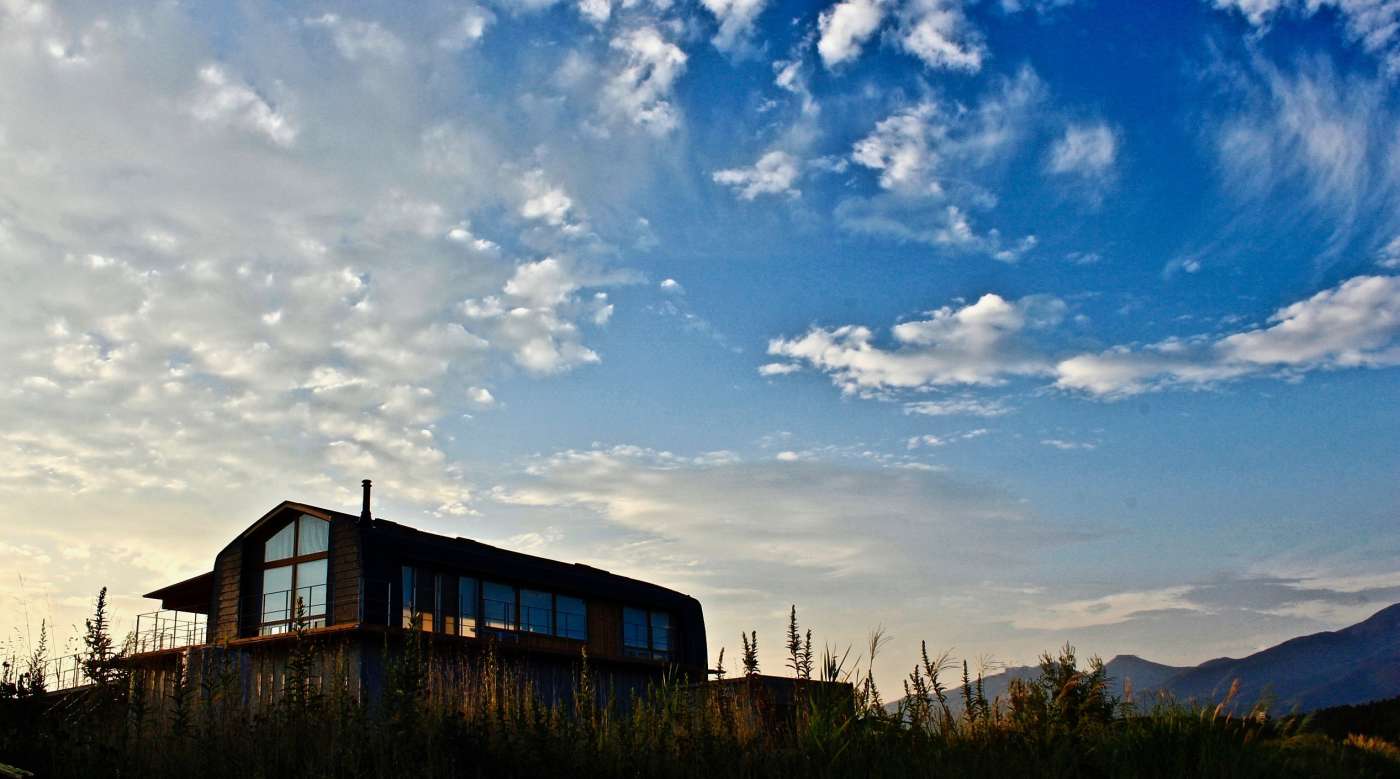
Gio Hills Winery occupies a beautiful natural setting.
Photo credit: Gio Hills
Discover Tokachi wine in the farming heartland of Hokkaido
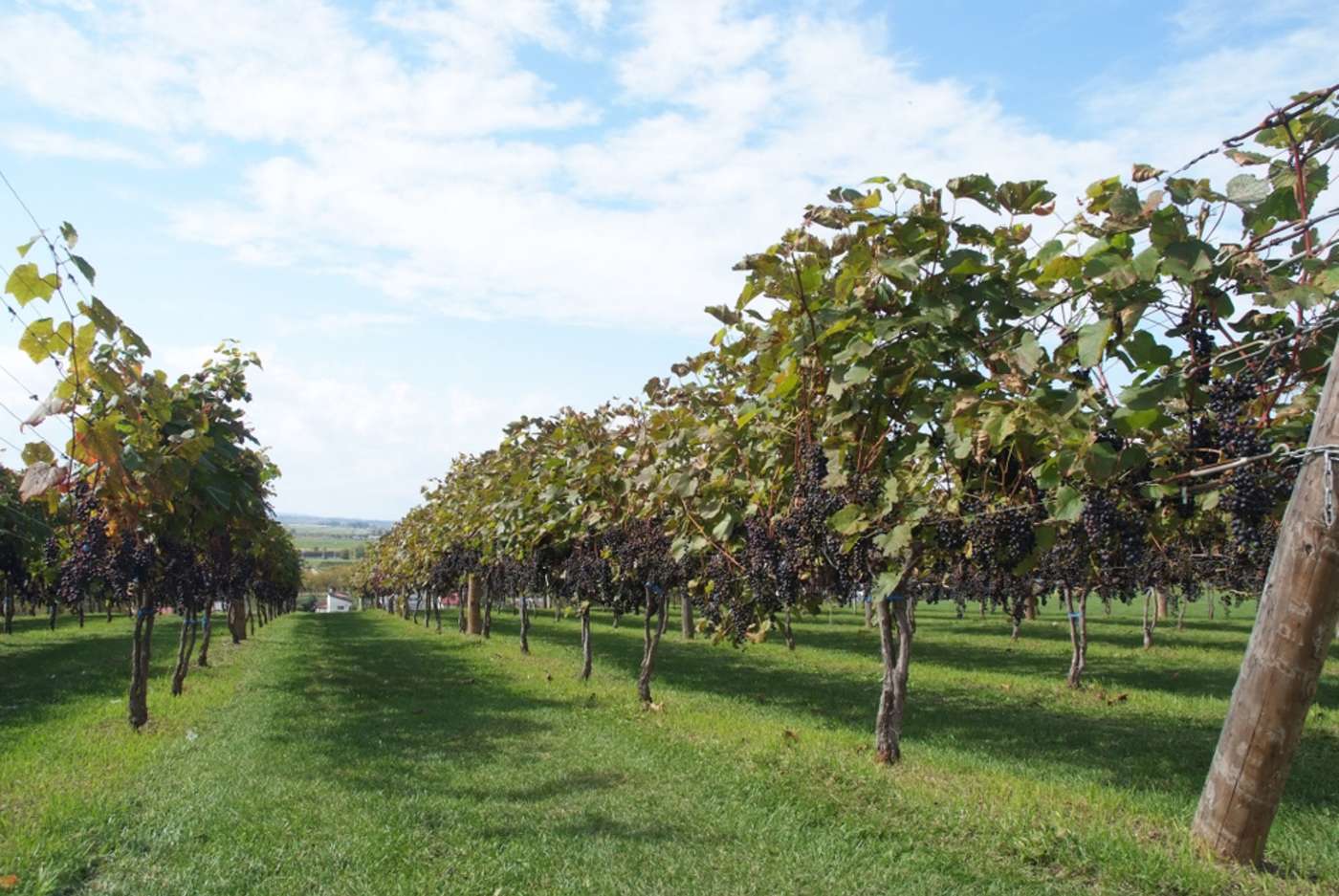
The vineyards of Tokachi are found in one of Japan’s coldest grape-growing regions.
Ikeda Wine Castle is a winery in Hokkaido overlooking the rolling farmland of the Tokachi Plain. More formally called Ikeda Town Grape and Wine Research Institute, this winery has developed cold-resistant grapes able to withstand the harsh northern climate, and the result is a series of red, white and rosé Tokachi wines that pair perfectly with local meat and cheese products. Visitors to the castle can view an exhibition vineyard, the wine factory, the cellar where wines are aged and a brandy distillation room. After a tour and tasting, why not take in the breath-taking view over the Hidaka Mountains from the rooftop observation deck or enjoy a meal in the Wine Castle restaurant?
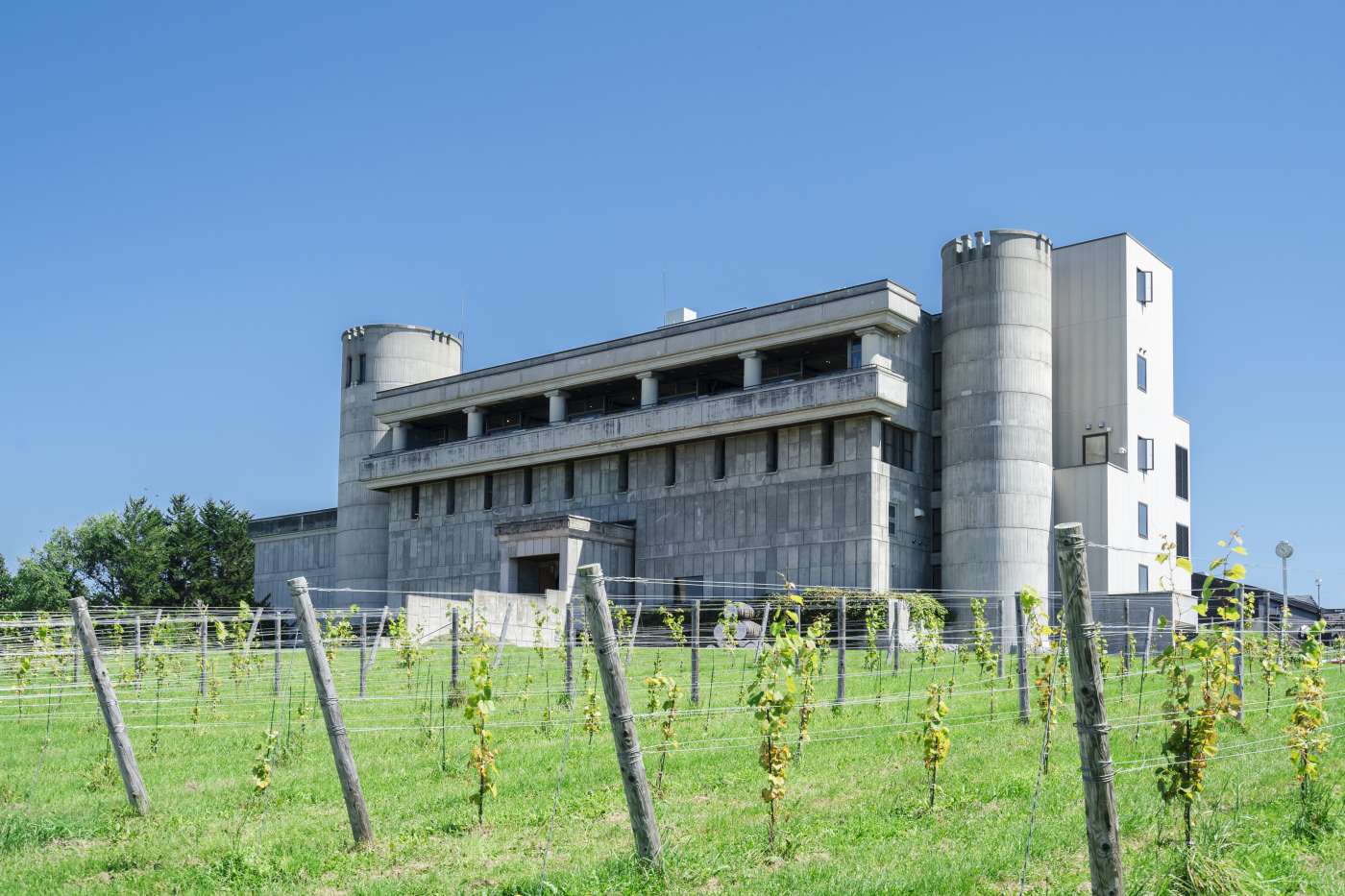
Ikeda Wine Castle is a research facility that gets its namesake for its medieval appearance.
Photo credit: Ikeda Wine Castle
The growing popularity of Japanese wines
In recent years the reputation of Japanese wine is growing internationally. At the prestigious Decanter World Winery Awards in 2022, Japanese wines won 54 awards including four gold awards and one platinum. As Japanese winemakers continue to improve their techniques, their wines are sure to grow ever more popular. When exploring the stunning natural beauty of these winemaking regions, why not take the opportunity to learn more about Japan’s burgeoning wine culture and savor the distinct and diverse flavors of Japanese wine?
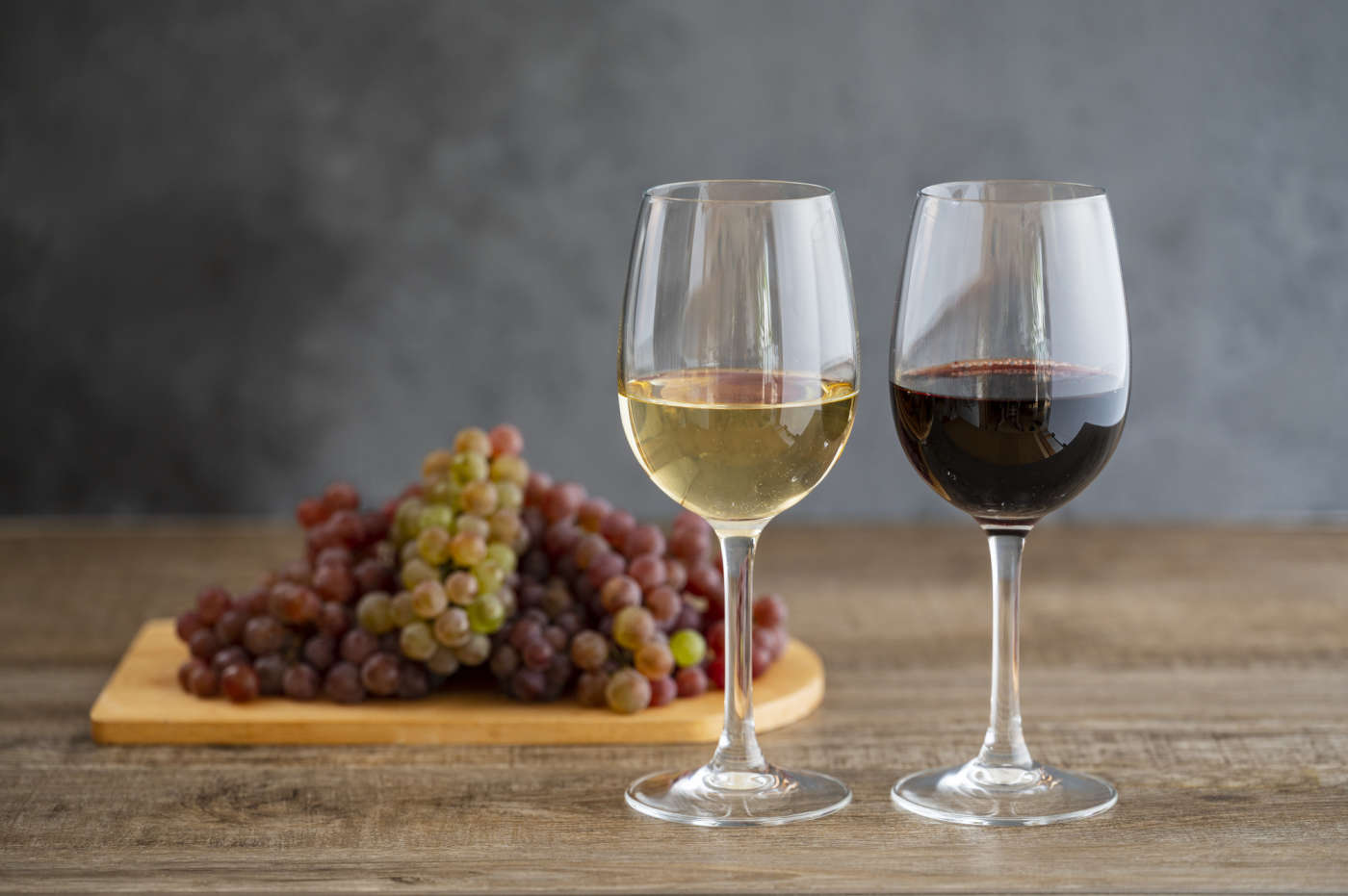
-
About the author
Author: Michael Lambe
Profile: Michael is a British writer and translator based in Kobe who has been happily exploring Japan’s language and culture for over 25 years.





















































